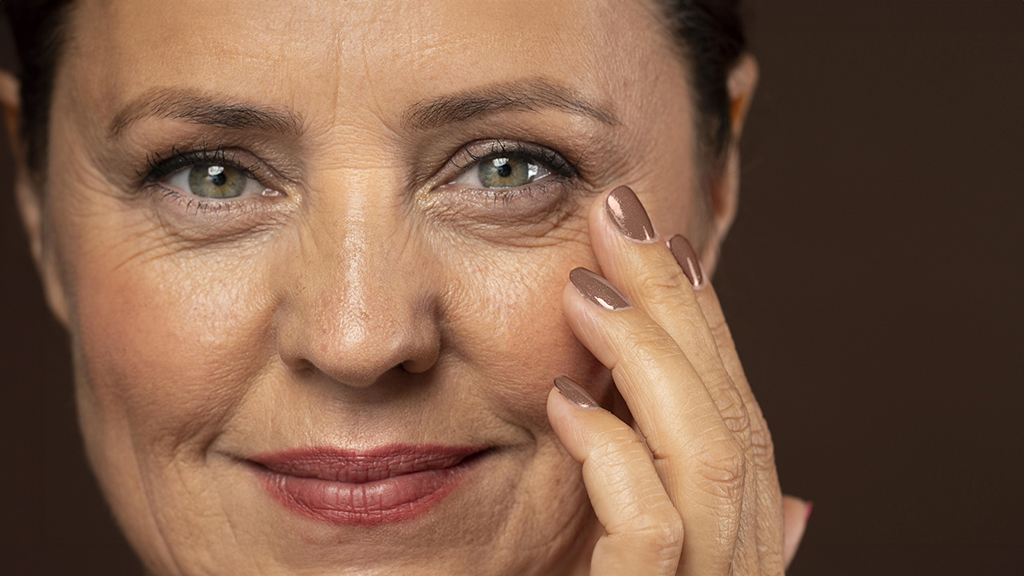Breast Reconstruction with Breast Implants
A breast implant can be employed either as an addition or as an alternative to flap techniques. Reconstruction with breast implants involves restoring the form of the breast by inserting a breast prosthesis made of synthetic material into the mastectomy site. Implants come in a variety of shapes and sizes. They have an outer shell made from silicone that is filled with either saline or silicone gel. At your consultation, your surgeon will explain the different types of implants available and most suited to your needs.
Implant reconstruction can be performed in one of two ways: the placement of the implant under the remaining skin in the breast area after mastectomy (Direct-To-Implant Reconstruction), or the placement of the implant after tissue expansion to form a breast pocket (Two-Stage Reconstruction).
You are an ideal candidate for a breast implant reconstruction if you:
- Are not suitable for flap options
- Do not desire a flap operation, have sufficient breast skin and do not have compromised tissue after the mastectomy site
- Have not had previous radiation to the breast or chest wall
- Are having prophylactic mastectomies
- Want bilateral reconstruction
- Are of a reasonable size and body weight
- Agree to have an operation on the opposite breast to help improve symmetry
You are NOT an ideal candidate if you:
- Have compromised tissue at the mastectomy site (numerous surgeries or infection)
- Have been previously radiated
- Have advanced disease
- Have an autoimmune disease (may be a contraindication for gel-filled implants)
- Have a Body Mass Index of more than 30
It is important to understand that an implant reconstruction in not the same as a cosmetic breast enlargement procedure. In cosmetic breast enlargement, the patients have natural breast tissue that covers the implants and acts as a protective layer helping to prevent the capsule that invariably forms around an implant from being noticeable. However, after mastectomy only a thin layer of skin remains as all of the breast tissue has been removed. Due to the absence of breast tissue, the implant will have to be placed under the pectoralis muscle in order to improve the feel and shape of the breast. Furthermore the muscle will only cover about 2/3 of the implant, the lower part of the implant not being covered. Hence a tissue matrix such as Alloderm® or a latissimus dorsi flap may be used to provide a source of soft tissue that can help create a more natural looking breast shape.
The Two-Stage Reconstruction is more commonly used, as most patients will not have enough skin and breast tissue to have a Direct-To-Implant Reconstruction.
In a Two-Stage Reconstruction, stage one consists of placing a tissue expander (a silicone shell that is gradually filled with saline) in the breast area underneath the skin and chest muscle to help expand your remaining skin, allowing the placement of the correct sized implant to restore your lost breast shape and volume. The tissue expander, which can be expanded like a balloon, will be gradually filled with sterile saline approximately once every two weeks, using a small needle. The needle is inserted through the skin to a “fill port” located inside the expander. Gradually over time, the overlying tissues expand, much like a woman’s abdomen during pregnancy.
Stage two – After typically two to three months the filling of the expander is complete, although the tissue expanders will stay in place for another month to allow the breast pocket to mature. The next step will be a second surgery to replace the tissue expander with a permanent saline or gel filled implant. This is a routine procedure that usually takes 30 to 60 minutes and may require a brief hospital stay or be done on an outpatient basis
In a relatively small number of cases, patients have enough skin left in the breast area following a mastectomy to allow for the insertion of a breast implant without the need for tissue expansion. Also the use of a tissue matrix such as AlloDerm® may make it possible to undergo a Direct-To-Implant reconstruction. A tissue matrix is a substitute for your own tissue made from either human or animal tissue. Alloderm® is one of several available tissue-matrix products and is made from donated human skin using a proprietary technique. Unfortunately, graft failure or rejection and transmission of disease are risks associated with the use of tissue-matrix products.
In Direct-To-Implant reconstruction surgery, the lower edge of the pectoralis muscle is detached from the chest and lifted up to form the upper part of a “pocket” that will eventually contain a breast implant. The upper portion of the breast implant is placed under the lifted muscle. Tissue matrix is then used to span the space between the edge of the detached muscle and the chest, thereby covering the lower portion of the breast implant. The tissue matrix is attached between the muscle edge and the chest wall so that behind the muscle and the implanted tissue matrix a pocket large enough to accommodate an implant can be created without the need for tissue expansion. Typically, small- to medium-sized breasts can be reconstructed in this manner.
The breast implant reconstruction procedure is less invasive than flap procedures, resulting in less pain and faster recovery. However, it involves a more lengthy process and carries more risks.
A few months after the breast reconstruction procedure, restoration of the nipple and areola will follow if it was removed with mastectomy. The shape of the breast may also be refined to be more symmetrical with your untreated breast. For many patients the reconstructed breast may be firmer and have a more youthful appearance than their natural breasts.
Advantages
- Short anaesthetic time
- No weakening of muscles (unless LD flap is used to cover the implant)
- Short scars
Disadvantages
- Lengthy process
- Cannot tolerate radiotherapy
- More long term complications than autologous reconstruction
- The implant requires future replacement
Risks & Complications
All patients must understand and accept that no surgical procedure is absolutely free from risk. For further information concerning the risks and complications associated with Autologous Breast Reconstruction, please refer to Risks and Complications of Breast Implant Reconstruction.
For details about procedures and treatments or for a consultation, advice and prices from our Dubai clinic please call +971 4 431 2396 or use our online form.


